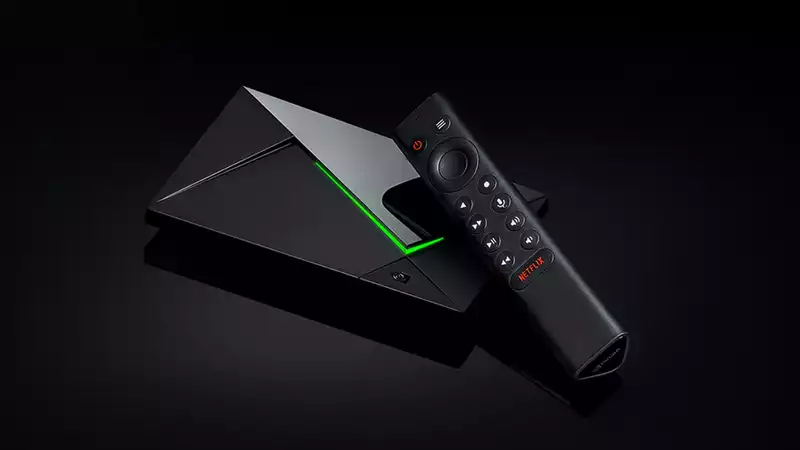Bloomberg reports that the new Switch will be powered by Nvidia's new System on a Chip (SoC). We had previously dreamed that the so-called Switch Pro would be a great handheld streaming client, but the promise that local DLSS will allow upscaling to 4K has caught our interest and we are salivating at the prospect of an updated Shield We are.
The existing Nintendo Switch uses Nvidia's Tegra X1, but the latest version of the Nvidia Shield, the Shield TV Pro, uses a slightly updated version of that chip, the Tegra X1+. The chip has a 25% increase in clock speed, but is otherwise identical: the ARM-based Tegra X1 has four ARM Cortex A57 cores and four inaccessible ARM A53 cores, along with 256 Maxwell CUDA cores running at 1 GHz.
Shield TV Pro already supports AI upscaling of video, but lacks the hardware to process DLSS locally and cannot match the fidelity that DLSS can achieve. Currently, all supersampling is handled server-side for GeForce Now game streaming. Newer chips will be able to handle DLSS upscaling within Shield itself, which means you won't need as thick an Internet pipe to play games at 4K.
If the new Ampere-based Shield tensor core can be used for a content-independent DLSS analog that works on a simple video stream, rather than adding one for each game, it will only require a lower-resolution stream from the source. An updated Shield can do all the super-smart supersampling on the client side.
However, I have no idea what the latency would be.
Nvidia has released many iterations of its SoC offerings since the Tegra X1 was first announced, including the Pascal-based Tegra X2, the Volta-based Xavier, and most recently Orin.
Orin appears to have the digital makeup necessary to deliver on the promise shown in the Bloomberg rumor; Orin was first announced at GPU Technology Conference 2018, where Nvidia announced 17 billion transistors and 12 ARM Hercules cores, it boasted.
Because Orin is Ampere-based, it has access to the Tensor cores needed to weave DLSS magic. Not only that, but the Tegra X1 has 256 CUDA cores, while Orin has 2048.
Orin was thought to be for the automotive market, but if this rumor for the Nintendo Switch Pro is true, the new Shield will have a lot of work to do: it can stream using GeForce Now, and at the same time, the high refresh rate to 4K Shield that can upscale.
Nvidia may try to make a Shield with a built-in screen again so that the dream of a portable GeForce Now streaming client becomes a reality. We have high hopes.


Comments